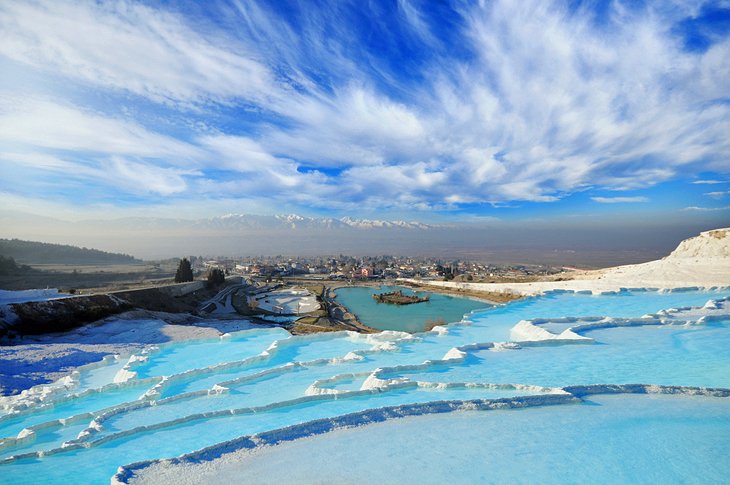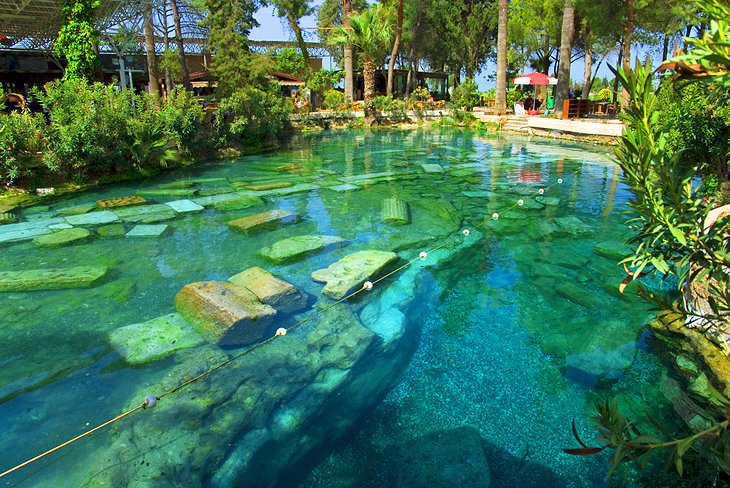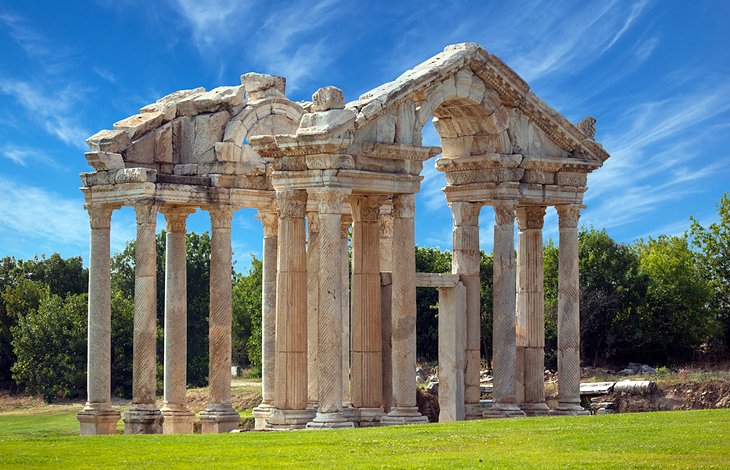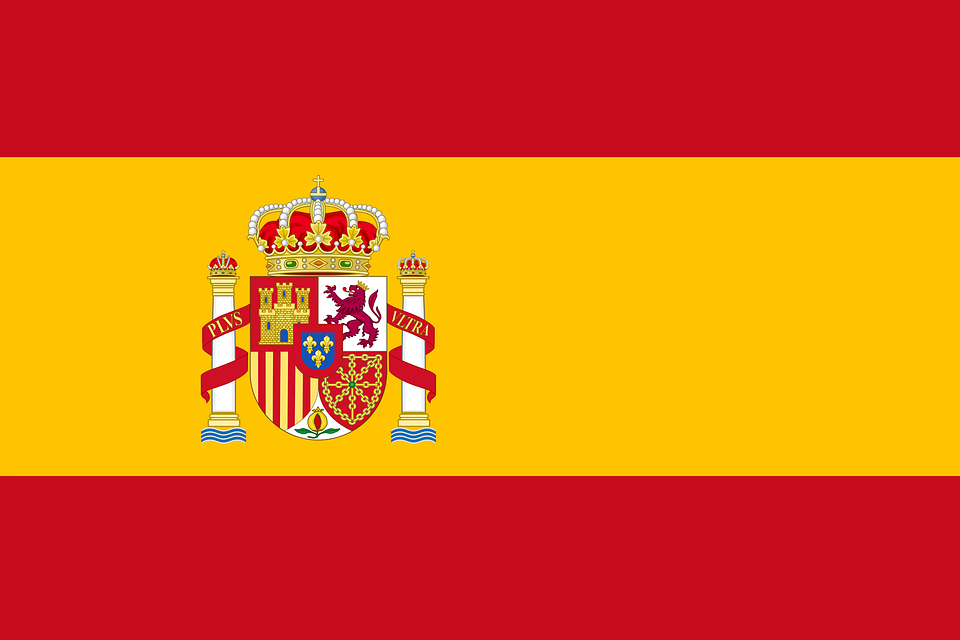Pamukkale
Tour Overview
Walk Up or Down The Travertines
The dazzling white calcite cliff of Pamukkale was created by calcium deposits from the area's hot springs. In the same way that stalactites form within limestone caves, the deposits grow on the steep slopes, gradually fanning out to form natural terraces. Pamukkale means "cotton castle," and the blinding white color of these travertines do look like a bizarre natural fortress of sorts. The best way to experience the travertines is to walk up or down the terrace ridge section that leads from the hills base in Pamukkale village to the central entrance to the Hierapolis ancient site on the summit. This is the only section that you can walk on, and you are only allowed onto the travertines barefoot.

Explore Hierapolis City Ruins
First founded by King Eumenes II of Pergamon soon after 190 BCE, Hierapolis was originally a fortified military colony. The original city was destroyed by an earthquake in 60 CE, and it was after the rebuilding that its glory days began. The city enjoyed its greatest prosperity during the 2nd and 3rd century when, with its on-tap natural hot springs, it became an important spa center. The remains of a grand colonnaded street run parallel to the travertines below for just over one kilometer, extending between the necropolis to the north and a Byzantine church at the southern end.

Admire Hierapolis Theater
On a slope looking over the vast amount of the Hierapolis ruins is the city's mighty theater, with its facade over 100 meters long and two tiers of seating, each with 26 rows. Built during the reigns of the Roman Emperors Hadrian and Septimius Severus, the theater is incredibly well-preserved. It has retained much of its original detail, with the imperial boxes (where VIP guests would have watched the entertainment) and some decorative panels along the stage still surviving. There are fine views from the top seating tiers.

Pamukkale Antique Pool
If you want to partake in some restorative hot-pool soaking just like the Romans did - but without the togas - then look no further. Pamukkale's Antique Pool, between the museum and the Temple of Apollo, right in the middle of the site, allows you to soothe those weary travel muscles in mineral-rich hot spring water that is a steady 36 degrees Celsius. It's possibly the most atmospheric hot spring experience you'll ever have, with half-submerged columns and chunks of fallen marble scattered in the water all around you, but it's also very popular, so prepare for crowds.

Explore Aphrodisias
Modern research has transformed Aphrodisias from a place few visited into one of the most important historic sites in Turkey. About 97 kilometers southwest of Pamukkale, the site produced Chalcolithic finds, which show the area was settled in the 4th millennium BCE, and early Bronze Age pottery finds also suggest there was an Assyrian trading colony here during the Hittite period. The settlement's golden age though was in the Hellenistic and Roman eras, when its sanctuary became the center of the wide-spread Aphrodite cult, and the city also became famous for its schools of sculpture, medicine, and philosophy.

 Pakistan
Pakistan  Dubai
Dubai  Saudi Arab
Saudi Arab  Thailand
Thailand  Azerbaijan
Azerbaijan  Spain
Spain  Italy
Italy  Singapore
Singapore 
